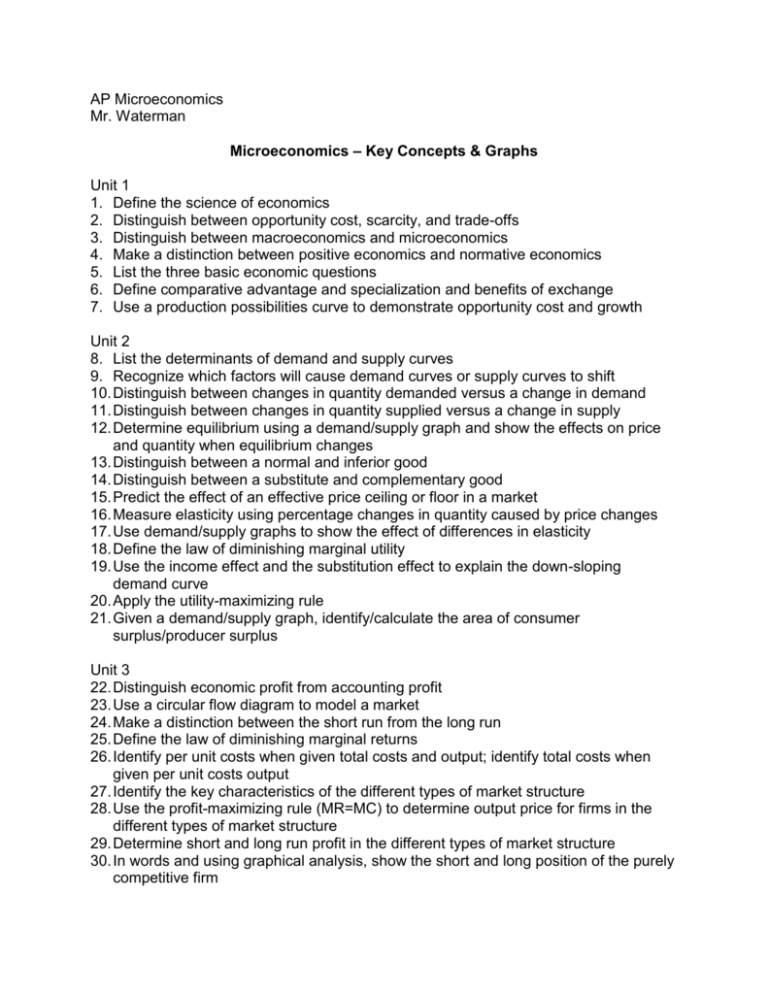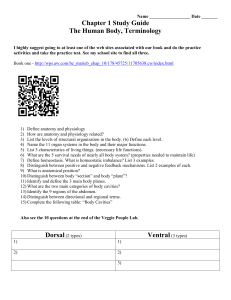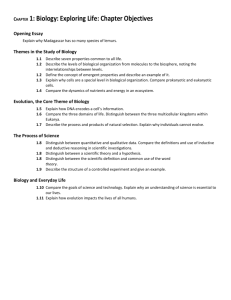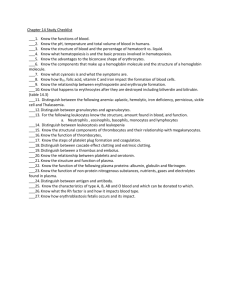Micro Key Concepts
advertisement

AP Microeconomics Mr. Waterman Microeconomics – Key Concepts & Graphs Unit 1 1. Define the science of economics 2. Distinguish between opportunity cost, scarcity, and trade-offs 3. Distinguish between macroeconomics and microeconomics 4. Make a distinction between positive economics and normative economics 5. List the three basic economic questions 6. Define comparative advantage and specialization and benefits of exchange 7. Use a production possibilities curve to demonstrate opportunity cost and growth Unit 2 8. List the determinants of demand and supply curves 9. Recognize which factors will cause demand curves or supply curves to shift 10. Distinguish between changes in quantity demanded versus a change in demand 11. Distinguish between changes in quantity supplied versus a change in supply 12. Determine equilibrium using a demand/supply graph and show the effects on price and quantity when equilibrium changes 13. Distinguish between a normal and inferior good 14. Distinguish between a substitute and complementary good 15. Predict the effect of an effective price ceiling or floor in a market 16. Measure elasticity using percentage changes in quantity caused by price changes 17. Use demand/supply graphs to show the effect of differences in elasticity 18. Define the law of diminishing marginal utility 19. Use the income effect and the substitution effect to explain the down-sloping demand curve 20. Apply the utility-maximizing rule 21. Given a demand/supply graph, identify/calculate the area of consumer surplus/producer surplus Unit 3 22. Distinguish economic profit from accounting profit 23. Use a circular flow diagram to model a market 24. Make a distinction between the short run from the long run 25. Define the law of diminishing marginal returns 26. Identify per unit costs when given total costs and output; identify total costs when given per unit costs output 27. Identify the key characteristics of the different types of market structure 28. Use the profit-maximizing rule (MR=MC) to determine output price for firms in the different types of market structure 29. Determine short and long run profit in the different types of market structure 30. In words and using graphical analysis, show the short and long position of the purely competitive firm 31. In words and using graphical analysis, show the profit scenario of a single price monopolist and a perfectly discriminating monopolist 32. Identify the government policies employed when a firm exercises monopoly power or is a natural monopoly 33. In words and using graphical analysis, show the position of the monopolistically competitive firm in the short and long run 34. Predict the behavior of oligopolistic firms using game theory and profit matrixes Unit 4 35. Define derived demand 36. Given a graph or a table, determine the market wage and the quantity of labor a profit-maximizing firm would hire in a perfectly competitive labor market 37. Given a graph or a table, determine the market wage and the quantity of labor a profit-maximizing firm would hire in a imperfectly competitive labor market Unit 5 38. Given a graph, identify the incidence of a tax on buyer and seller and the deadweight loss 39. Define a public good 40. Discuss the free rider problem 41. List the effect of income and payroll taxes on the economy 42. Identify the two principles used to assess fairness of a tax 43. Explain negative and positive externalities and give examples of each 44. Identify the possible remedies for market failures that might be employed to achieve an optimal allocation of resources Key Graphs Supply & Demand Price Floor Price Ceiling Consumer & Producer Surplus Taxation & Deadweight Loss Perfect Competition (Side by side) Monopoly Monopolistic Competition Regulated Natural Monopoly Perfectly Competitive Resource Market (Side by side) Monopsony – Imperfect Resource Market Externalities Positive – Subsidize Producers Negative – Tax Producers








